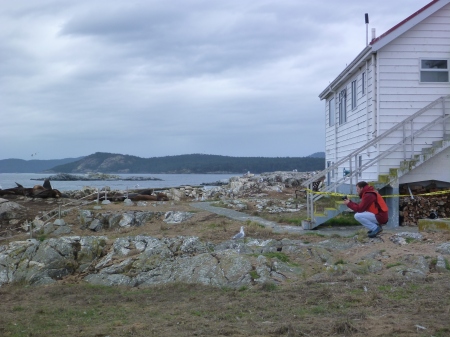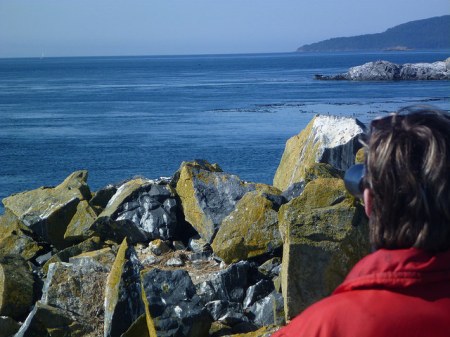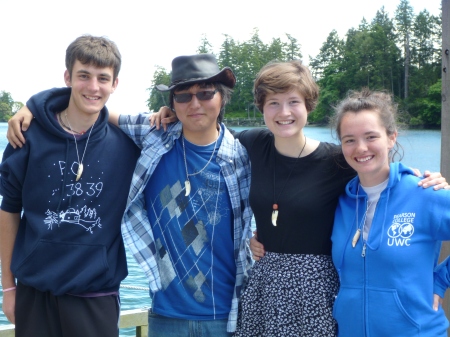All three first year Marine Science classes made it out to Race Rocks on Wednesday 10 October. We saw many, many, many California and Northern sea lions.
And most students were also fortunate enough to see humpback whales feeding off the south and west sides of Great Race Rock. (Terrible photos of humpbacks below followed by a decent photo of whale watching students!)
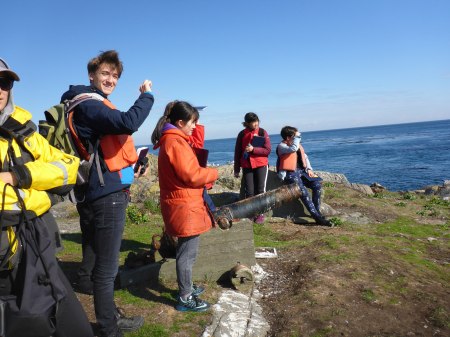
The newly minted Coastal Biodiversity CAS also had the opportunity to visit Race Rocks with Garry Fletcher on Friday afternoon.
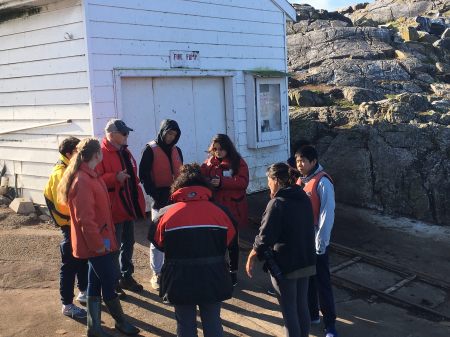
During that visit we saw a necklaced sea lion and we came across a dead Northern sea lion.
We also had a reunion of two Year 38 students, Laas, the current Ecoguardian at Race Rocks, and Helen, who is back at Pearson College for a two week visit. Incidentally these were the two artists who painted my VW van!!

Wonderfully impressive experience overall!!










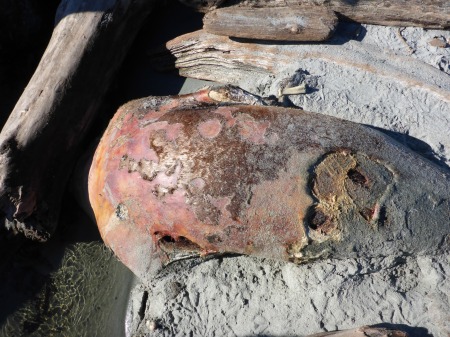















 See
See 
